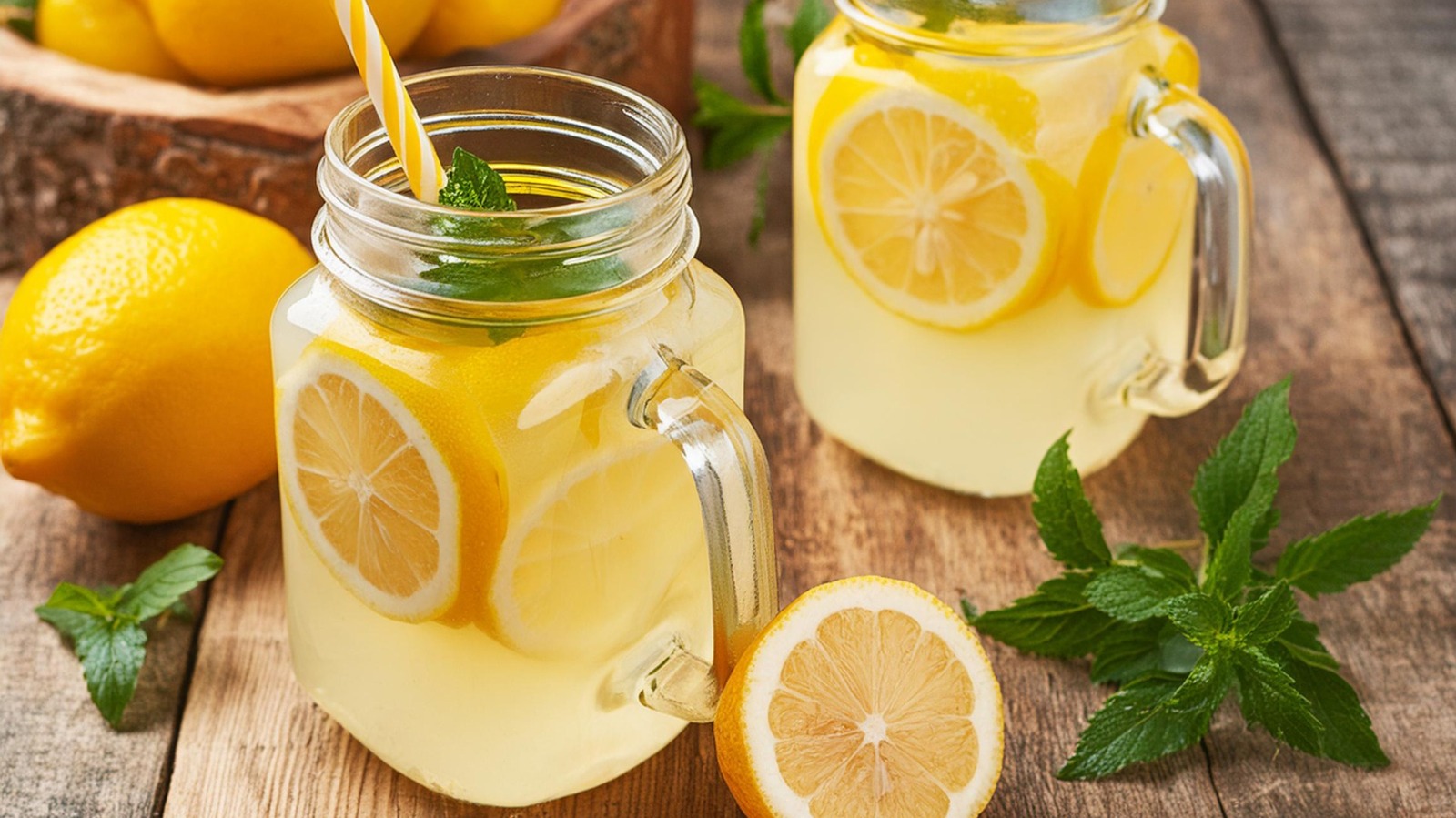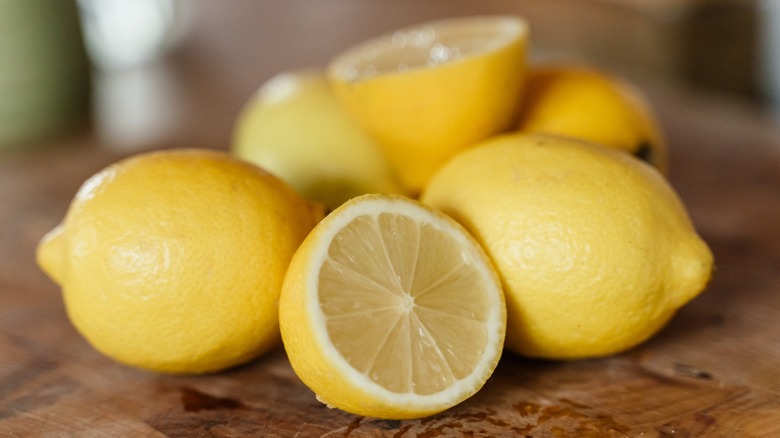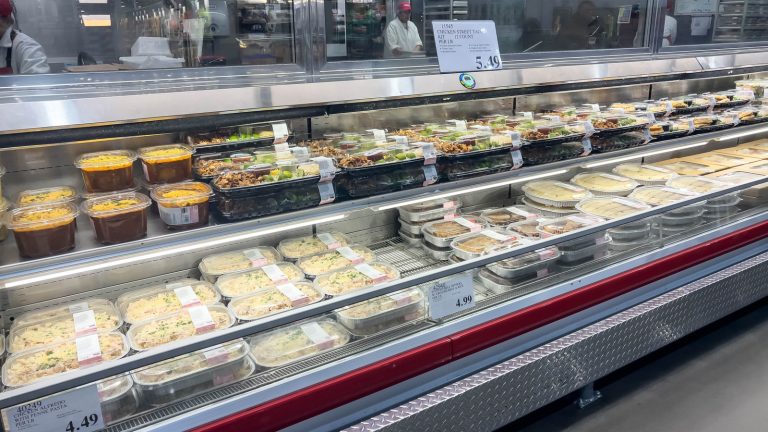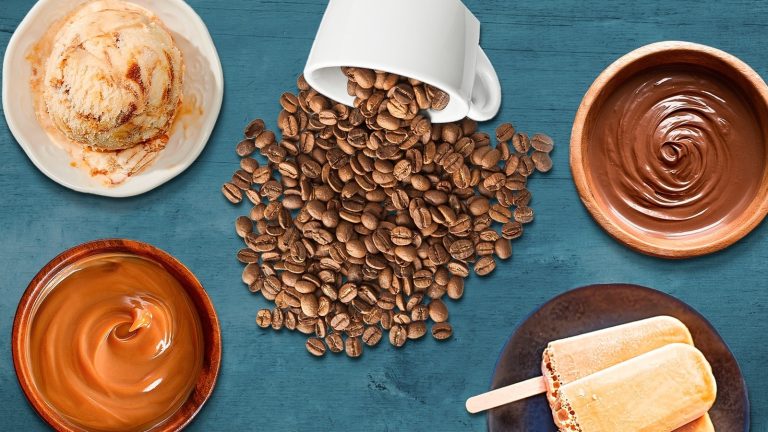If store-bought lemonade isn’t cutting it anymore, homemade is the way to go. You can make it exactly how you like it as long as the lemons are of good quality. Lemons at just the right amount of ripeness make for the perfect lemonade; it’s all a matter of knowing when they’re ready to be used. Lemons are at peak ripeness anywhere from six to nine months after flowering, depending on the variety.
Because lemons stop ripening once they’re picked from the tree, the ones you find at most groceries and supermarkets are typically mature enough to use for lemonade as soon as you buy them. Just make sure that you juice them within a week, or they’ll start to go bad. If you refrigerate them, they’re good for up to six weeks. You can also store whole lemons in the freezer for up to four months, but this may affect their flavor.
A better way to tell whether or not the lemons you’re eyeing will make for a good lemonade is by checking their size, weight, color, or aroma. By spotting fruit that was harvested too soon, you can avoid the bitterness that unripe lemons tend to have.
Check your lemons for these signs of ripeness
The types of lemons you’re using determines how you can test them for ripeness. The two most commonly used for lemonade are the Eureka and Meyer varieties, and they can be remarkably different from each other when ripe. Depending on how you like your lemonade, you’ll want to know how to choose the best-quality lemons of either type.
Eureka lemons are the yellow, oblong-shaped variety you’ll find at most markets. They’re at optimal ripeness when they’re fully yellow, without any traces of green. The rinds should be smooth and glossy, and the fruit should feel a little hefty in your hand. In terms of size, they should be about two to three inches wide. These lemons make for a more tart lemonade due to their high citric acid content, which ranges from 5% to 6% on average.
The rounder Meyer lemons, on the other hand, make the perfect lemonade for people who prefer their drinks on the sweeter side. They’re a hybrid between a lemon and a mandarin orange, which results in fruit that is only 3.5% citric acid. This makes them significantly less sour than Eurekas, and allows more sweetness to shine through. When fully ripe, their skin is yellow-orange and their fragrance has a hint of spice.






